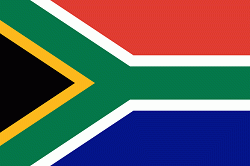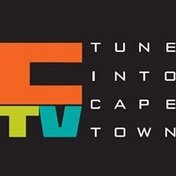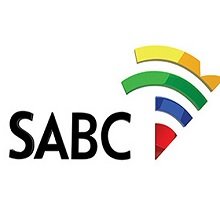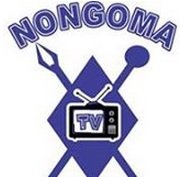Subscribe to RSS feed
Countries:
Categories:
TV Channels:
New TV Channels:
- LIVE: 2024 Olympics Paris / 26 July – 11 August / Olympic Channel TV 24/7 June 17, 2024
- LIVE: Euro 2024 / 14 June – 14 July 19:00 UTC June 14, 2024
- TV3 Samoa Live TV from Samoa June 9, 2024
- Watch BBC Radio 1 Big Weekend 2024 May 29, 2024
- LIVE: Tyson Fury vs Oleksandr Usyk / 18 May 2024 22:00 UTC May 18, 2024
Search:
Information
Copyright © 2012 - 2024 Free Watch TV. All Rights Reserved








